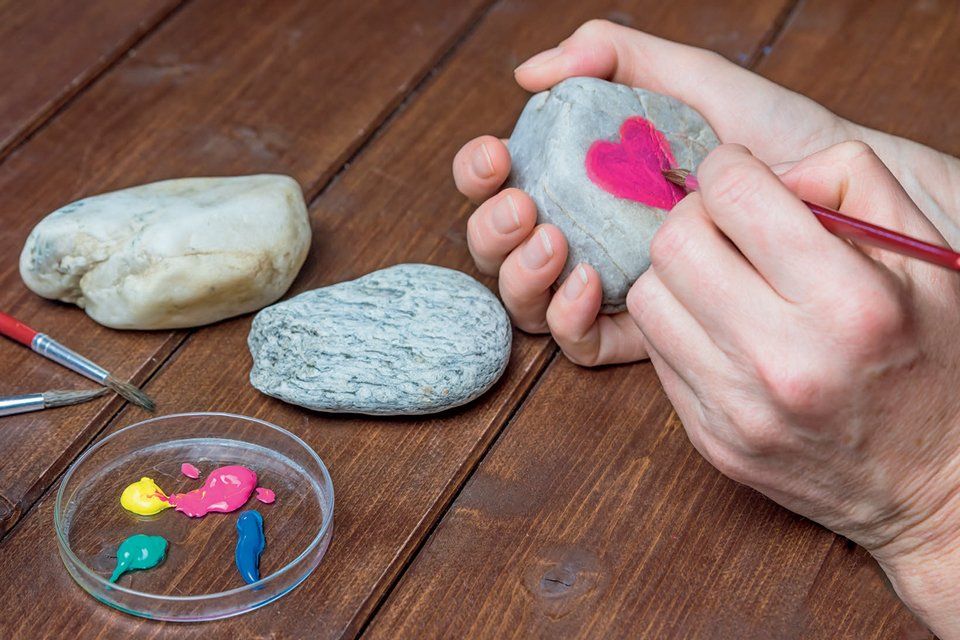Practicing Thankfulness Year-Round!
Gratitude Activities for Children

Gratitude Journal
Gratitude journals are a great way to begin a daily practice of recording the best things that happen each day. There are all-ages gratitude journals available for purchase or there are downloadable pages online. For younger children, journals may include age-appropriate activities and encourage artwork to record their thoughts and feelings. For older children, journals may include prompts to spark writing. Giving a unique journal with your own personal note inside, expressing your thanks for your loved one and challenging them to carry on, with special pens or markers, is another meaningful idea.

Gratitude Jar
Decorate a canning jar with construction or tissue paper, stickers, paint, glitter, ribbon, flowers, leaves or other craft supplies. Cut strips of construction paper. Place the jar, paper strips and a pen on the dining room table or a prominent place in your home. Have everyone write something they’re thankful for on a piece of paper. Young children can draw a picture, or you may need to help them write their thought down. Open the jar at a family dinner or holiday and go around the table reading the paper gratitude strips.

Gratitude Stones
Making gratitude stones is a great group activity. Gather some smaller smooth stones, paints, paint markers and art fixative/waterproofing spray. Wash and dry the stones. Paint hearts on the stones and cover with the spray. While you are working on the project, talk about things that each of you are thankful for. After the stones have dried, each of you may keep one to put somewhere visible like a bookshelf, desk or dresser, or carry it around in your pocket as a reminder to be thankful daily. You can also have children give them as a gift to someone special.

Thank-You Notes
There’s no substitute for the thank-you note from a child, and the best time to practice is to have children write them right after birthdays and other gift-giving holidays. The basics have not changed: address the giver, thank the giver for the gift, tell the giver how it makes your child feel and tell the giver what your child will do with it. One of the most important things to teach, especially when a child receives a gift they do not like or want, is to recognize the time and thoughtfulness of the giver in choosing a special gift just for them. It is not the cliché that “It’s the thought that counts,” but learning to appreciate the relationship with the giver.

Thank You Prompts at Dinner
Asking a few simple questions at dinner can spark a discussion about things that family members are grateful for. Going around the table, you can ask questions
like, “What is one thing that happened today that you are thankful for?”, “What’s one thing you are thankful for
about someone at the table?” or “What’s one thing someone did for you that you are thankful for?” Practicing gratitude as part of dinner discussions can help create a positive, affirming environment to celebrate good days and reframe challenging days for children.











